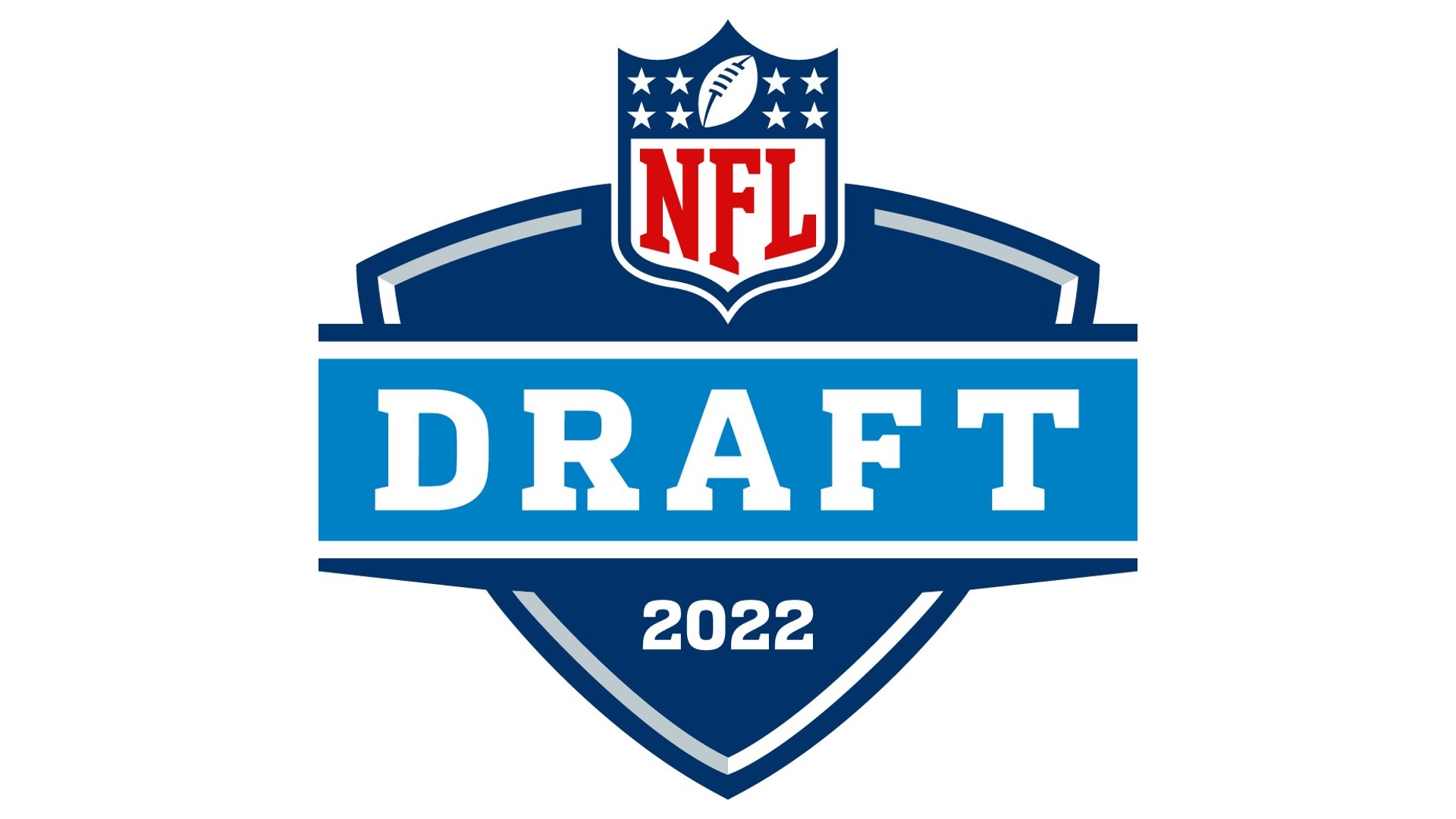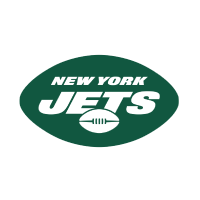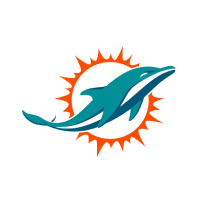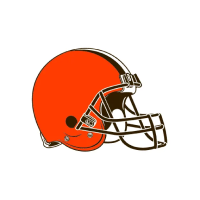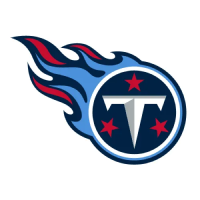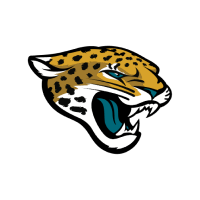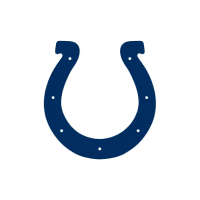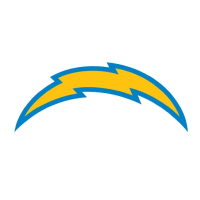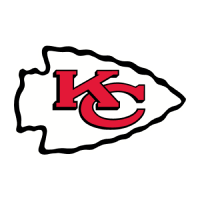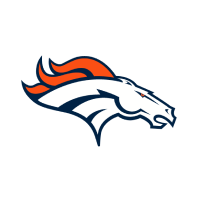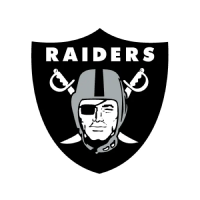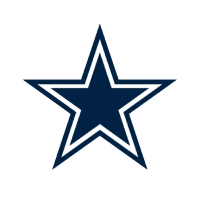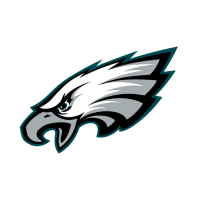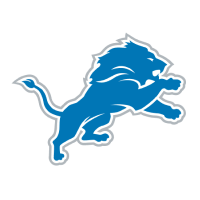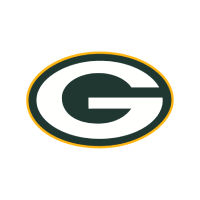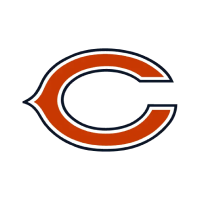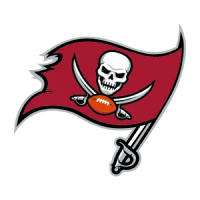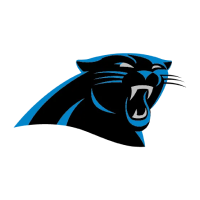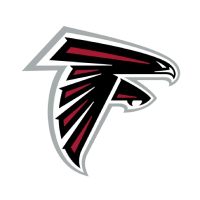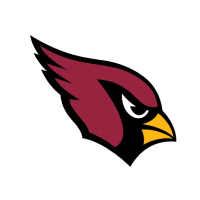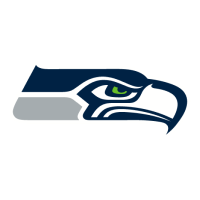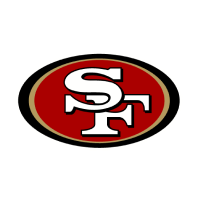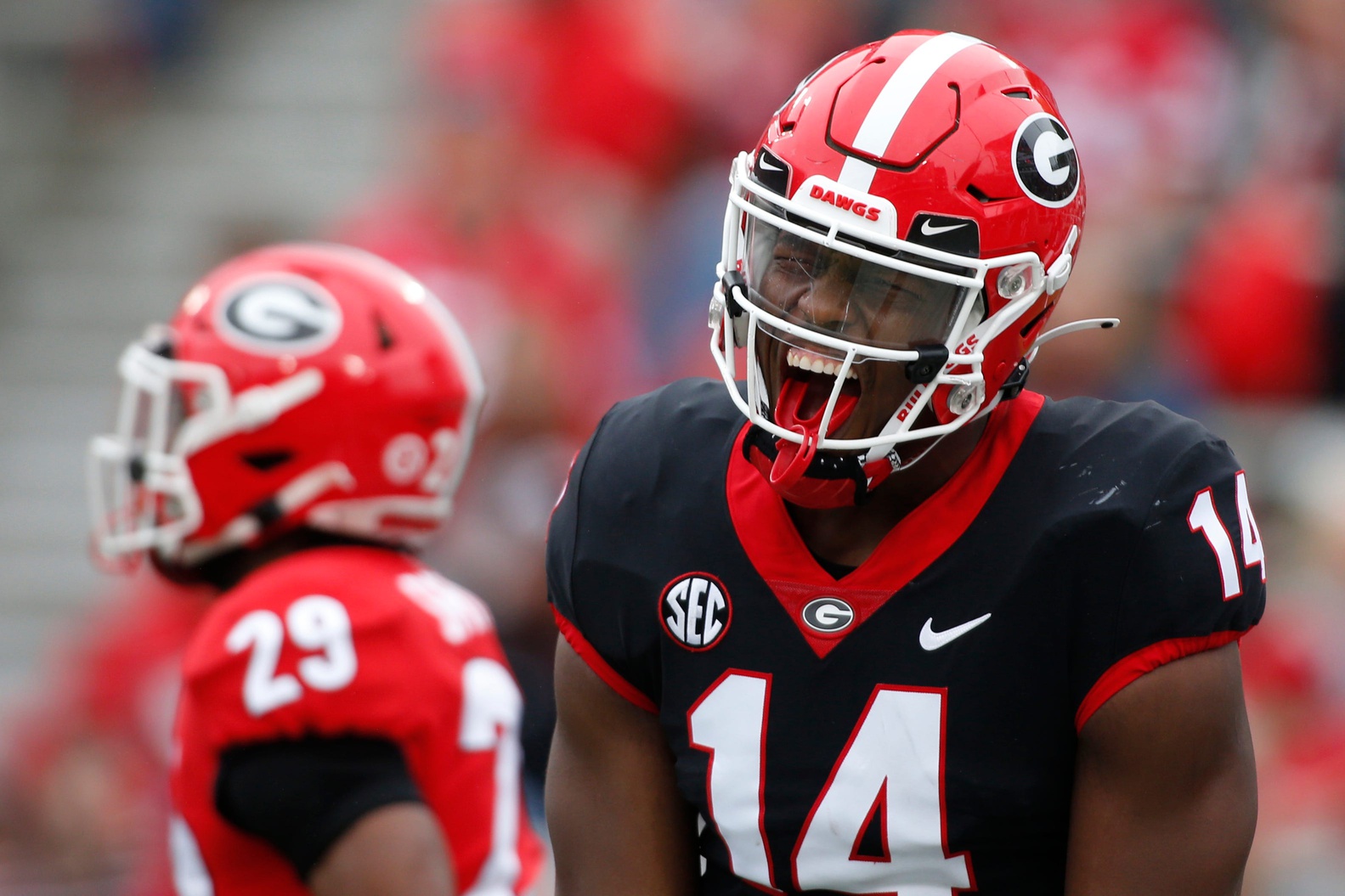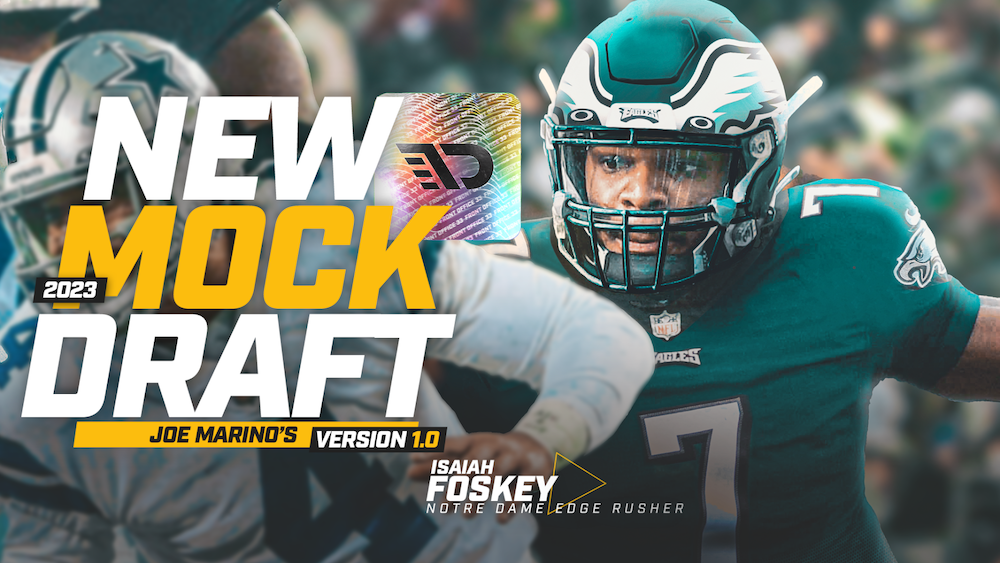It’s early April, which means we still don’t know anything about the quarterback class. At this time just a few years ago, nobody would have told you that Baker Mayfield would be the first quarterback selected; or that Daniel Jones would be drafted before Dwayne Haskins; or that Mitchell Trubisky would elicit a trade-up in the top three. The top of the quarterback class is just as tough to prognosticate this year as it ever is; and the bottom of the quarterback class? Forget it.
As it stands, the cycle of Pro Days allows information to be shared—especially so in a year with no NFL Scouting Combine. As the league’s quarterback preferences have come into a slightly clearer view, it’s evident that the league does have a quarterback they favor in the second tier of passers: Stanford’s Davis Mills.
It is not difficult to talk yourself into Mills, an ex 5-star recruit running a “pro-style” offense. A selective viewing of his most accurate passes reveals some high-level throws, especially against pressure. With a hit inbound, Mills’ accuracy does not suffer a significant drop-off. Given his solid understanding of pre-snap looks and willingness to attack matchups and space accordingly, blitz packages often play into Mills’ hands, as they give him one-on-one jump balls to NFL-bound wide receiver Simi Fehoko or quick targets on slants and option releases. Playing against pressure is a critical part of the NFL onboarding process, and Mills experiences a substantially smaller drop-off in his play under pressure than most prospects.
https://youtu.be/SnTvGdeoVm0
The chief problem here is that, while Mills handles adverse downs well, his snap-to-snap consistency just does not hold up—especially in this class. While mid-round quarterbacks of the past typically have a high floor—passers who will not inhibit, but not elevate your offense—Mills has a low floor in that he often limited his offense at Stanford. He missed easy throws, he made aggressive reads, and he couldn’t access the entire field with only passable arm strength.
Mills might be selected in the same range as players like Mason Rudolph (No. 76 overall), Will Grier (No. 100 overall), Ryan Finley (No. 104 overall), and C.J. Beathard (No. 104 overall), but he is not similar to those players. They were polished, veteran passers with multiple years of starting experience. Mills has started 11 games total in his career.
Accordingly, Mills is a raw passer. He will miss throws because his mechanics fail him, he will miss throws because he incorrectly reads the concept relative to leverage, and he will miss throws because, well, sometimes quarterbacks miss throws.
https://youtu.be/ezwXw4D7-UY
Mills isn’t the first quarterback to enter the draft who misses throws, but we usually see those players go later and have more raw tools to lean on (Jacob Eason at No. 122, James Morgan at No. 125, Jarrett Stidham at No. 133). Mills’ hype in this cycle is the result of an empty middle class of quarterbacks.
As Mac Jones’ meteoric rise now threatens the top three of the draft class, and Kyle Trask’s Heisman hype has died out into a more honest appreciation of his limited skill set, Mills is left alone, stranded between a stunning top tier of Year 1 starting quarterbacks and a thin class behind them. With Trask, Mills, Jamie Newman, and Kellen Mond comprising the rest of the significant quarterbacks in this class, there’s a good chance that five quarterbacks go in the first 15 picks—and only four quarterbacks go in the following 246 selections. And Mills is arguably the best of the four.
If you like pro size, accuracy from adjusted platforms, pre-snap recognition, and toughness, he’s probably your guy. With his little experience as a starter and elite recruiting background, it won’t be surprising to see NFL teams take a swing on him in Day 2, considering the potential for development still remaining.
But to present Mills as a solid gamble is more representative of the class than anything he’s put on film. You get better tools from Mond, dual-threat ability from Newman, and more consistency and experience from Trask. Each is a dart throw, and you can take which one you like—but unfortunately, neither Mills nor any of the other options really hold up relative to Day 2 quarterbacks of the past.
So sure: I’d take Mills as my Day 3 gamble. There’s probably more to uncover with him, given his inexperience and peak plays, than the other three. But after the top quarterbacks race off the board, chasing the next tier will leave most teams overpaying for long gambles that will take time and effort to see pay out. In that Mills is an interesting prospect because of his lack of reps, he will need reps in order to succeed. If you’re giving Mills starts, your team likely isn’t in a great spot.
It’s the season for disproportionate quarterbacking hype, especially in a year in which sourced information has been tough to come by, with scouts and reporters only now interfacing for the first time all season. Mills is the best bet for QB6 off the board, but caution should go toward any team expecting early and significant returns from a rather dangerous bet.
Filed In
Related Articles
NFL Draft
Arik Gilbert Doesn’t Need Big Workload To Be A Top NFL Draft Pick
- Aug 22, 2022
NFL Draft
2023 NFL Mock Draft: Marino 1.0
- Aug 22, 2022
Written By
